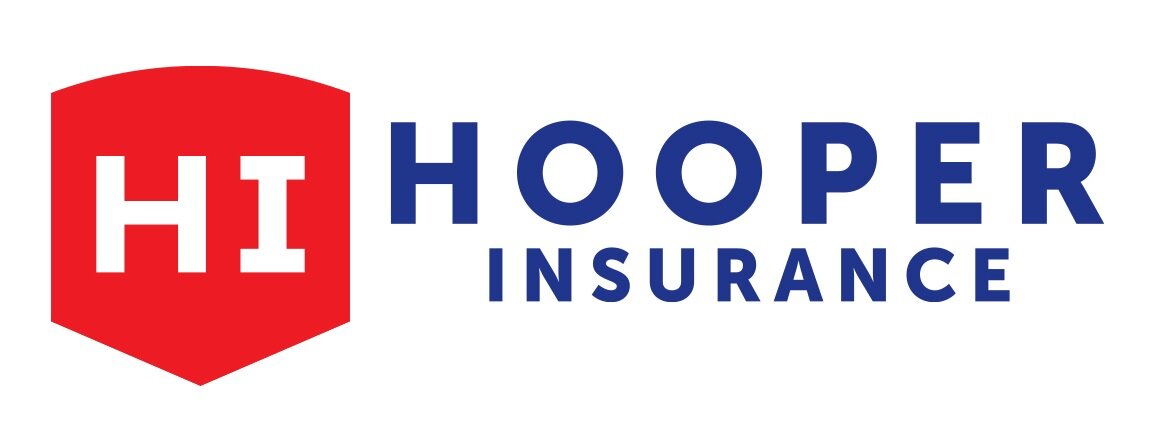Fireplace and Chimney Maintenance
/Have you had your fireplace or chimney inspected recently?
Below are some of the best ways to avoid having/causing a fireplace fire.
YEARLY INSPECTION
The National Fire Protection Association (NFPA) recommends that all fireplaces and chimneys be inspected annually by a professional. Professional chimney sweeps can help identify potential dangers while also giving you peace of mind. If you have gas logs make sure you get them inspected as well. It’s good to clean them off so that the gas can be properly disbursed. Make sure the unit is off, pilot light too, and use a can of air duster to blow off the logs. If you are having issues with your pilot light or logs call a professional to come out and inspect them.
BURNING UNSAFE MATERIALS & LIQUIDS
There are many reasons to never burn unsafe materials or liquids in your fireplace. Plastics and other materials can not only be highly flammable, but also give off toxic gasses. Your fireplace is not like your outdoor fire pit that you can burn your leaves, hedge clippings, or old Christmas trees in. These yard items can be highly combustible causing fires to grow and spread very rapidly. You should never use gas, diesel, or any other extremely flammable accelerant to start a fire indoors or out. Instead we recommend using a starter log (buy a starter log).
CLUTTER FREE
Keeping your mantle, floor, and any nearby space close to the fireplace clutter free will help prevent household items from catching fire. Clear off the mantle and the immediate areas around the fireplace so that nothing is exposed to the excess heat. This also helps prevent things from catching on fire because of any hot embers “jumping“ out of the fire. Items such as kids toys, flowers, blankets, rugs, etc. are all things that can catch fire quickly if too close to the open flames. It’s smart to purchase a fire screen/cage that can help prevent any wood from falling out of the fireplace as well as any hot embers from also escaping out to cause a fire.
UNSUPERVISED FIRE
This should go without saying, but NEVER leave a fire unsupervised. Even if a safety cage is present and it’s a “small“ fire you should never leave it unsupervised. If you are in another room, outside, or asleep it could only take a few seconds for a fire to spread and become out of control. Always extinguish any flames, hot coals, and embers before leaving a fire unattended.
OVERLOADED FIREPLACE
Never overload a fireplace to the point that the flammable material is touching the outer walls or beyond the fire box. Your wood should be cut into small enough pieces that you can neatly build a small fire. Always make sure the flames are controlled and not extending out the fire box. It’s always best practice to start the fire small and add to it as needed so that the fire does not become out of control.


